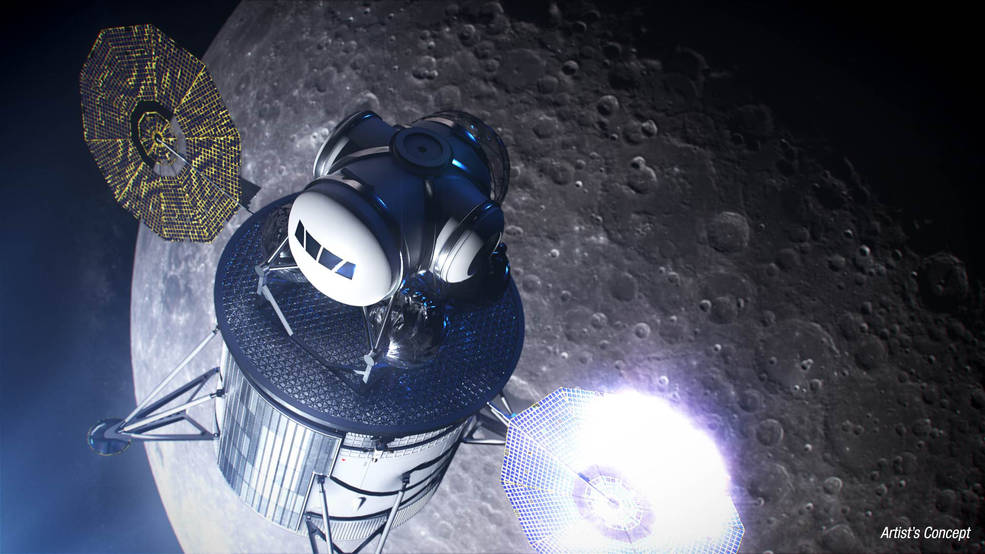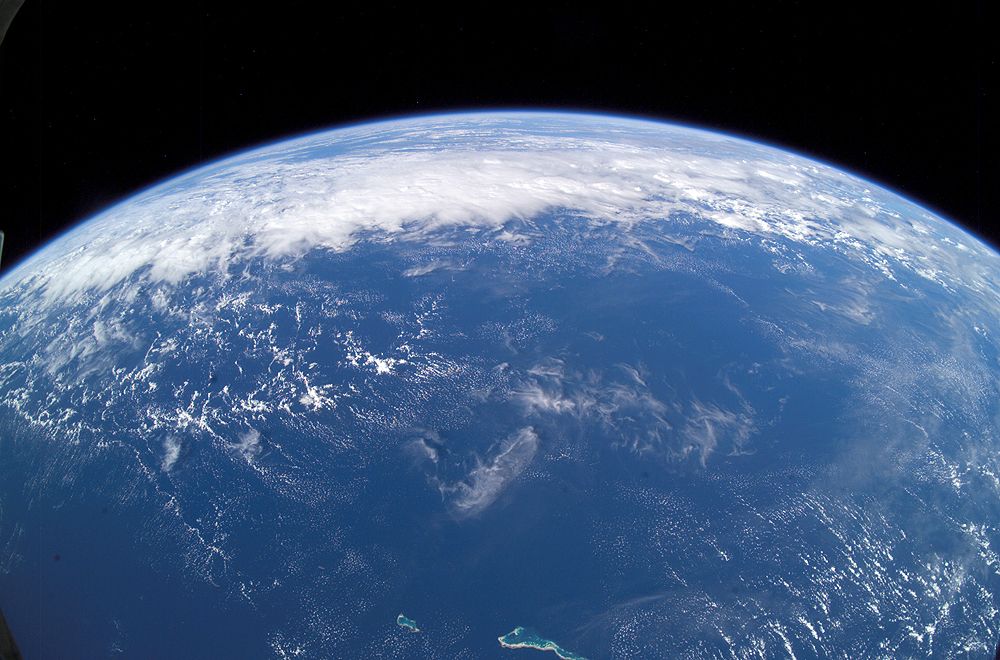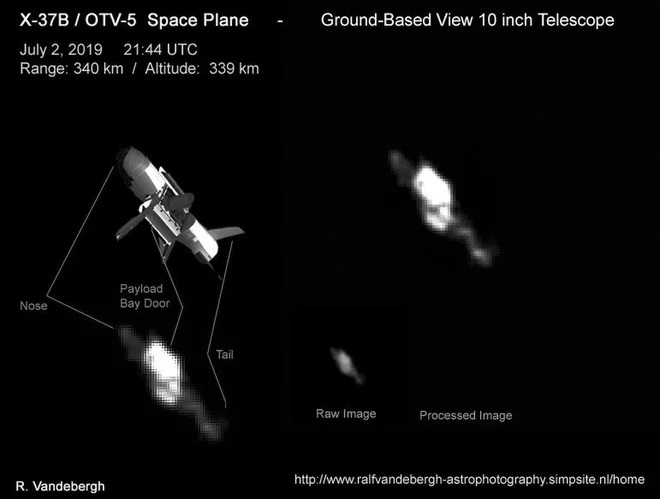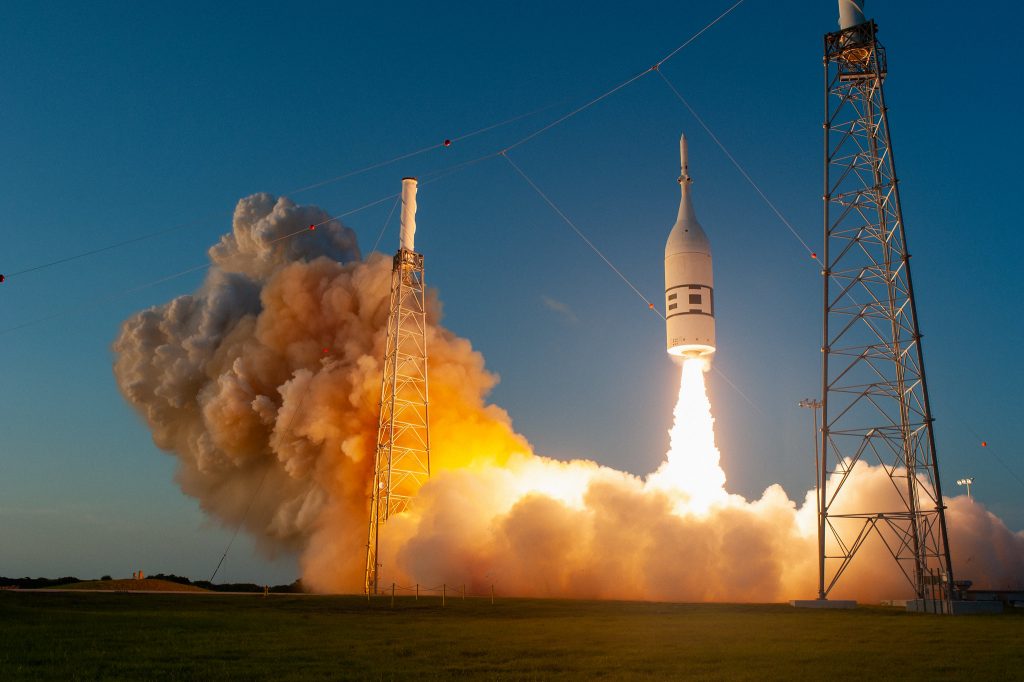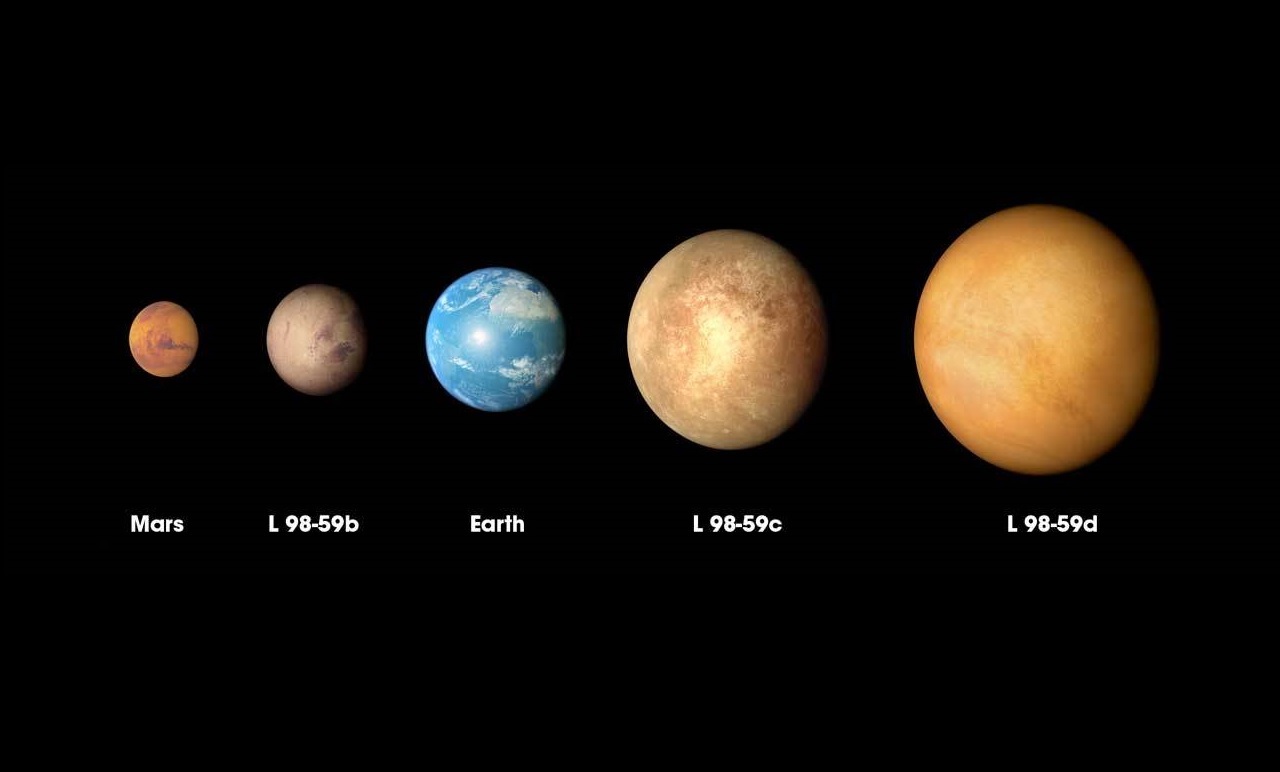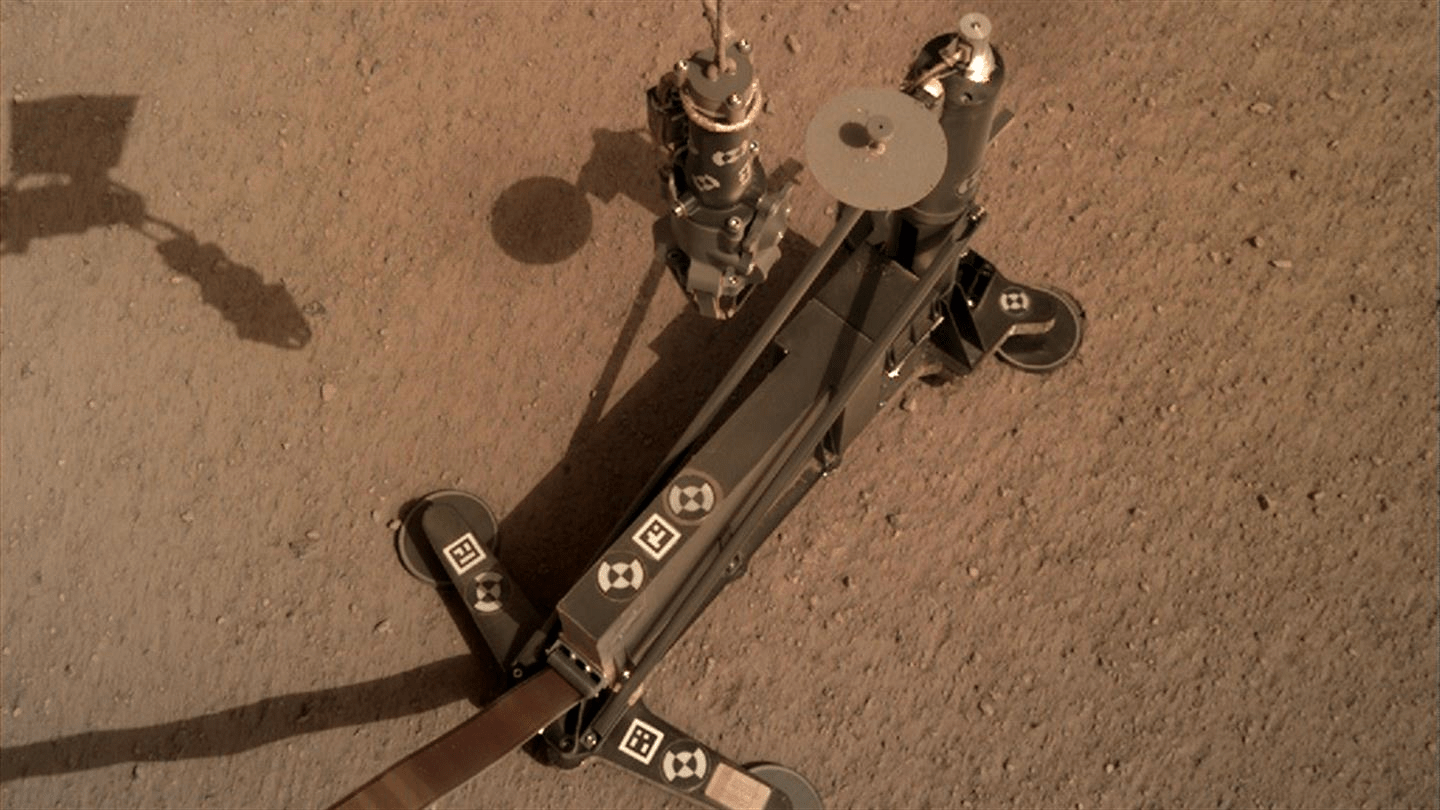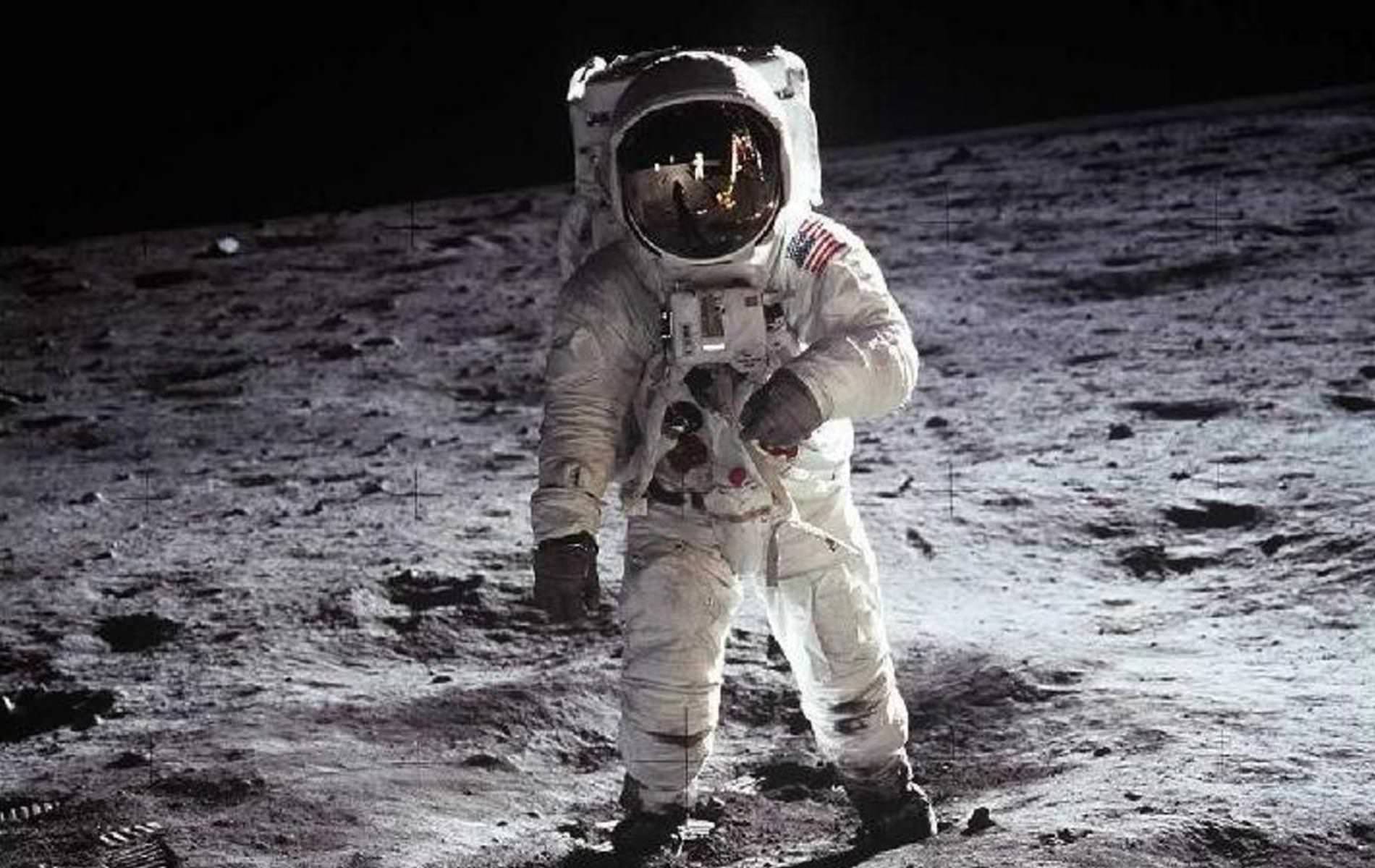On March 26th, 2019, during the fifth meeting of the reestablished National Space Council, Vice President Mike Pence challenged NASA to land astronauts on the Moon within the next five years. This represented an order to expedite Space Policy Directive-1 signed by President Trump on December 11th, 2017, which directed NASA to take all the necessary steps to send astronauts back to the Moon.
This announcement suggested that some shake-up might be taking place within the agency to make things happen. However, it appears that this now involves the demotion of two longtime NASA heads who have dedicated much of their lives to the advancement of human space exploration. Whether or not this decision came from the White House is unclear, but it is in keeping with the direction recently issued by VP Pence.
Continue reading “Two NASA Heads Demoted, Possibly as Part of a Shake-Up to Get Back to the Moon.”
